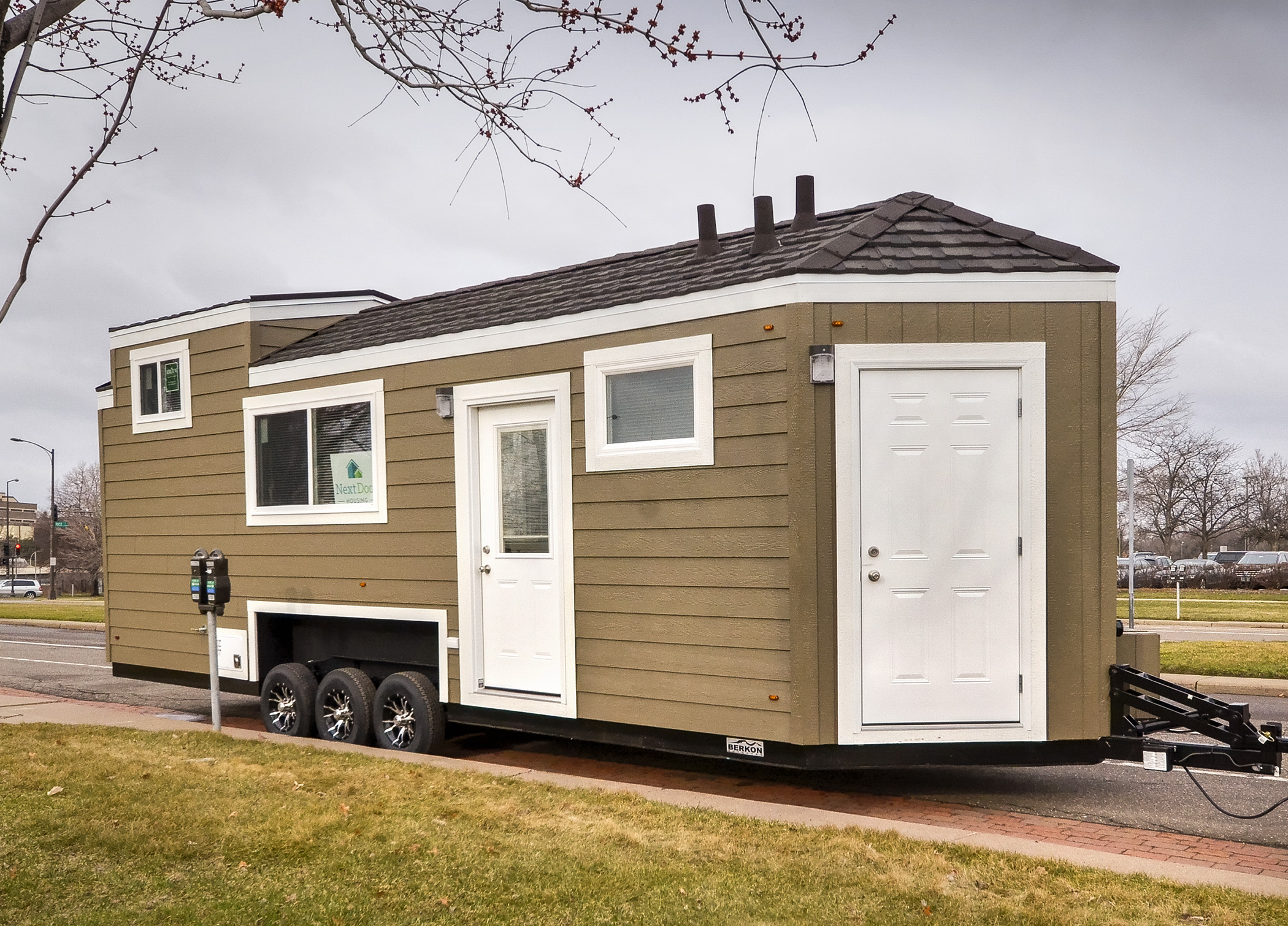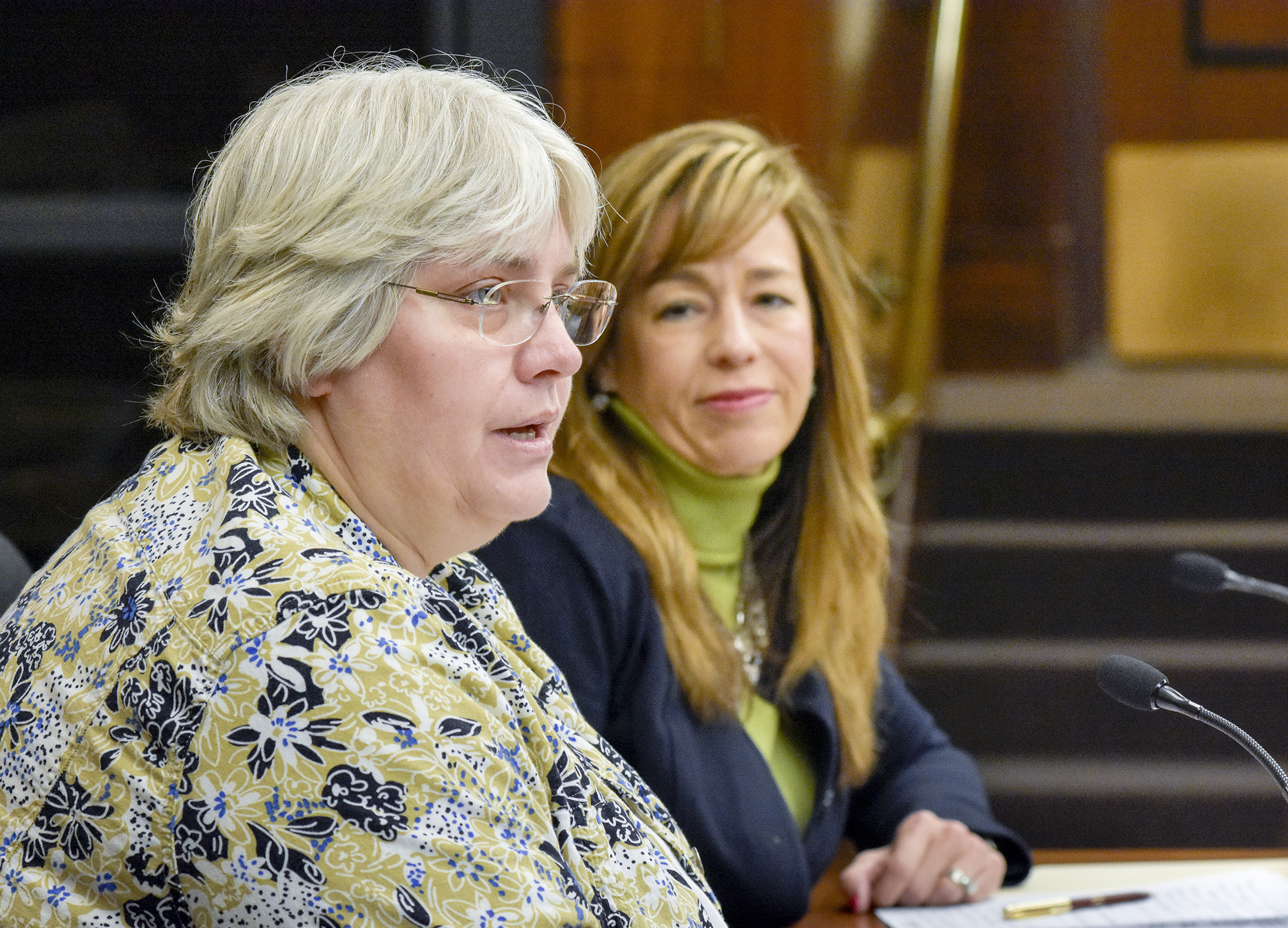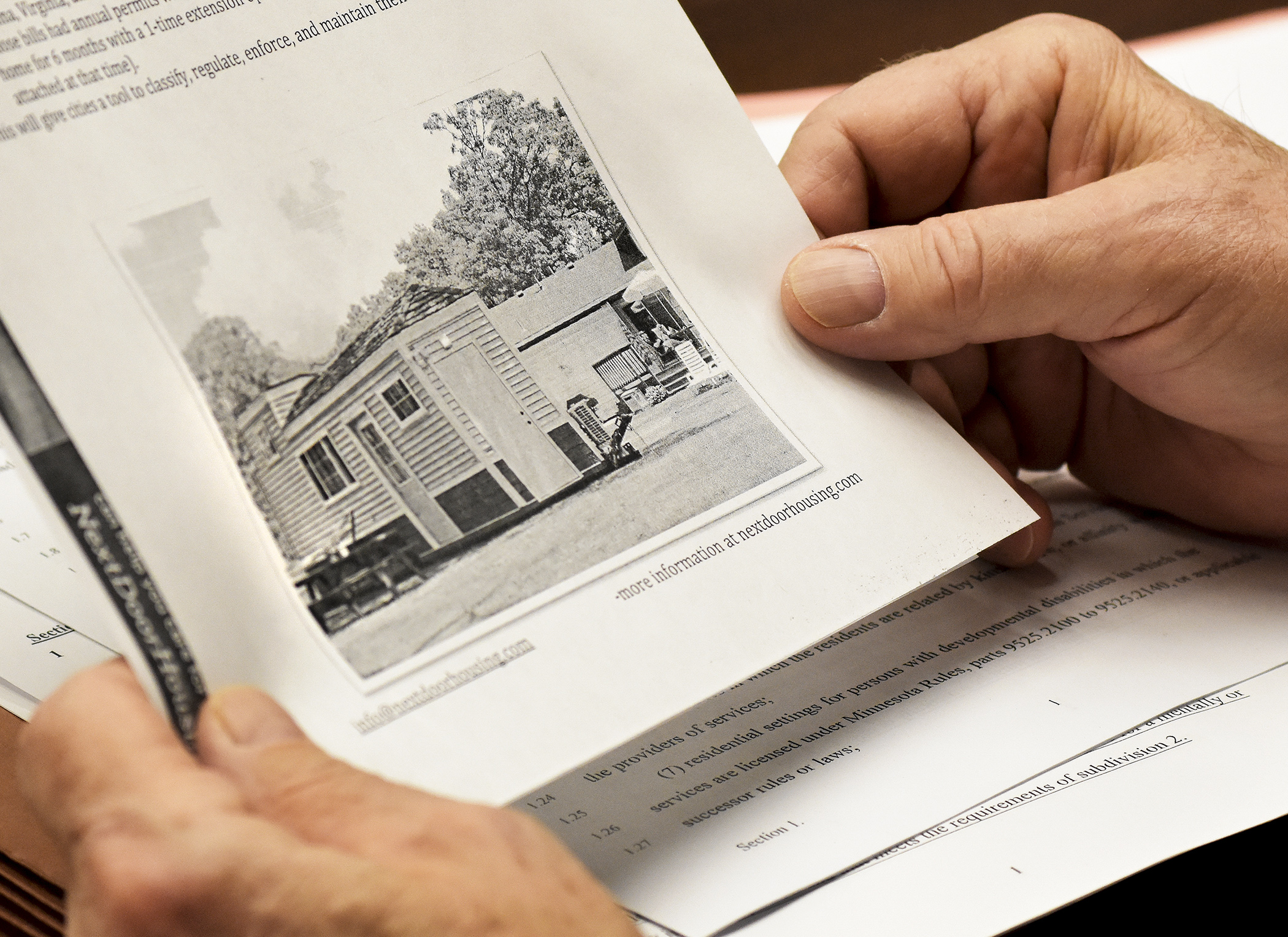Temporary dwelling proposal offers opportunity, option

To what lengths would you go to take care of a family member?
Hospital visits? Diet changes? What about letting them live on your property in a “temporary family health care dwelling?”
HF2497, sponsored by Roz Peterson (R-Lakeville), would allow a temporary dwelling for a family member aside from a property owner’s primary residence. Its use would be recommended under the oversight of a doctor’s written certification of either mental illness or physical disability.
“Sometimes people have an elderly relative who is either injured or needs to be in temporary hospice that wants to come home, but there is either not enough room or the house isn’t accessible anymore,” Peterson said. “This provides an option to take care of those loved ones at home.”
Only one temporary dwelling would be permitted per property, under the guidance of a caregiver over the age of 18 who is either a relative, legal guardian or health care agent. A permit would allow the dwelling to be established for a six-month period and could be extended for up to a year.
Approved by the House Aging and Long-Term Care Policy Committee Wednesday, the bill now moves to the House Government Operations and Elections Policy Committee.
North Carolina, Virginia and New York have passed similar laws.
LISTEN Full archived audio of the hearing
Humble homes
Temporary dwellings visually resemble an RV or large enclosed trailer. However, the qualifications in which they are built are more like that of a home.
No larger than 300 square feet, each dwelling has its own 30-50 amp electrical outlet and a self-enclosed septic tank accompanied by an insulated water intake which can be connected to the primary residence on a property. They are constructed of exterior materials comparable in appearance and durability to materials used in residential construction. On the inside a full kitchen, bathroom and bedroom nook are designed to comply with American Disabilities Act requirements. Heating and air conditioning are available.
 Apple Valley resident Anita Burke, left, testifies before the House Aging and Long-Term Care Policy Committee March 16 in support of a bill sponsored by Rep. Roz Peterson, right, that would regulate zoning of temporary family health care dwellings. Photo by Andrew VonBank
Apple Valley resident Anita Burke, left, testifies before the House Aging and Long-Term Care Policy Committee March 16 in support of a bill sponsored by Rep. Roz Peterson, right, that would regulate zoning of temporary family health care dwellings. Photo by Andrew VonBankAccording to NextDoor Housing, which specializes in the creation of temporary dwellings, one can be rented for about $1,500 a month, or bought for around $55,000 depending on amenities. A nursing home can cost more than $62,000 per year on average in Minnesota.
“This is about creating opportunity and accessibility for those in need,” said John Louiselle, founder of NextDoor Housing.
Anita Burke of Apple Valley says the appeal to temporary dwellings stems from the desire to still take care of loved ones, but being logistically unable to do so.
“My mother lives in assisted living with a rent of over $3,000 a month. Given her pension and social security benefits, she is quickly running out of funds. Over the last couple of years I have tried to find more affordable housing for her,” said Burke.
“If I could move my mother into my home I would. I am willing and able. However, I do not have a handicap-accessible bathroom. We simply do not have room or enough money for an addition,” she said.
Noble intent not enough
While discussion remained favorable about the bill’s intent, concern was expressed over bill specifics that would need to be ironed out along its journey.
“Cities are specifically tasked with dealing with issues of public safety, health and welfare of our residents. Our task is to balance the needs, interests and rights with the various property owners in that jurisdiction,” said Craig Johnson, intergovernmental relations representative with League of Minnesota Cities.
 Rep. Jerry Newton looks at an example of a temporary family health care dwelling during discussion of HF2497 at the March 16 meeting of the House Aging and Long-Term Care Policy Committee. Photo by Andrew VonBank
Rep. Jerry Newton looks at an example of a temporary family health care dwelling during discussion of HF2497 at the March 16 meeting of the House Aging and Long-Term Care Policy Committee. Photo by Andrew VonBankOne concern came over the power of local governments to control the use and location of temporary dwellings, including utility management and renewals.
Burke tried to petition the Apple Valley City Council to allow a temporary dwelling on her lot, but was told it would not be possible.
“This could really put a city council in a bind if, for whatever reason, they did not want to extend a renewal and are now in a position of evicting grandma,” said Rep. Barb Yarusso (DFL-Shoreview). As written, a city would be mandated to allow the temporary dwelling upon a doctor’s certification.
According to Peterson, an argument against the use of traditional city council channels is the need for an expedited timeline due to strenuous and often unforeseen circumstances.
“This is an opportunity to really streamline the process and make it easy for family members who are going through a very difficult time,” Peterson said. “This is really lifting a barrier so that people can use their own property how they would like to.”
Safety was another concern.
Since temporary dwellings are not secured to a permanent foundation, extreme weather such as a tornado could pose a safety threat.
Other concerns raised were potential neighbor complaints, property taxes and neighborhood aesthetics. The bill’s companion, SF2722, sponsored by Sen. John Hoffman (DFL-Champlin), awaits action by the Senate State and Local Government Committee.
Related Articles
Search Session Daily
Advanced Search OptionsPriority Dailies
Speaker Emerita Melissa Hortman, husband killed in attack
By HPIS Staff House Speaker Emerita Melissa Hortman (DFL-Brooklyn Park) and her husband, Mark, were fatally shot in their home early Saturday morning.
Gov. Tim Walz announced the news dur...
House Speaker Emerita Melissa Hortman (DFL-Brooklyn Park) and her husband, Mark, were fatally shot in their home early Saturday morning.
Gov. Tim Walz announced the news dur...
Lawmakers deliver budget bills to governor's desk in one-day special session
By Mike Cook About that talk of needing all 21 hours left in a legislative day to complete a special session?
House members were more than up to the challenge Monday. Beginning at 10 a.m...
About that talk of needing all 21 hours left in a legislative day to complete a special session?
House members were more than up to the challenge Monday. Beginning at 10 a.m...